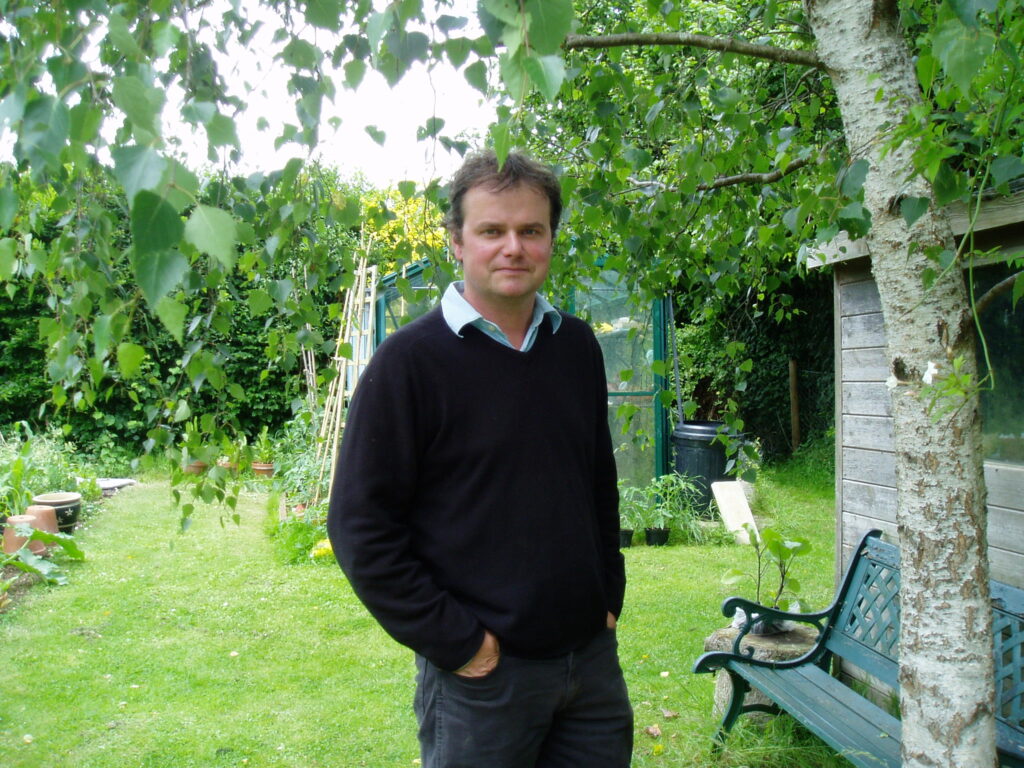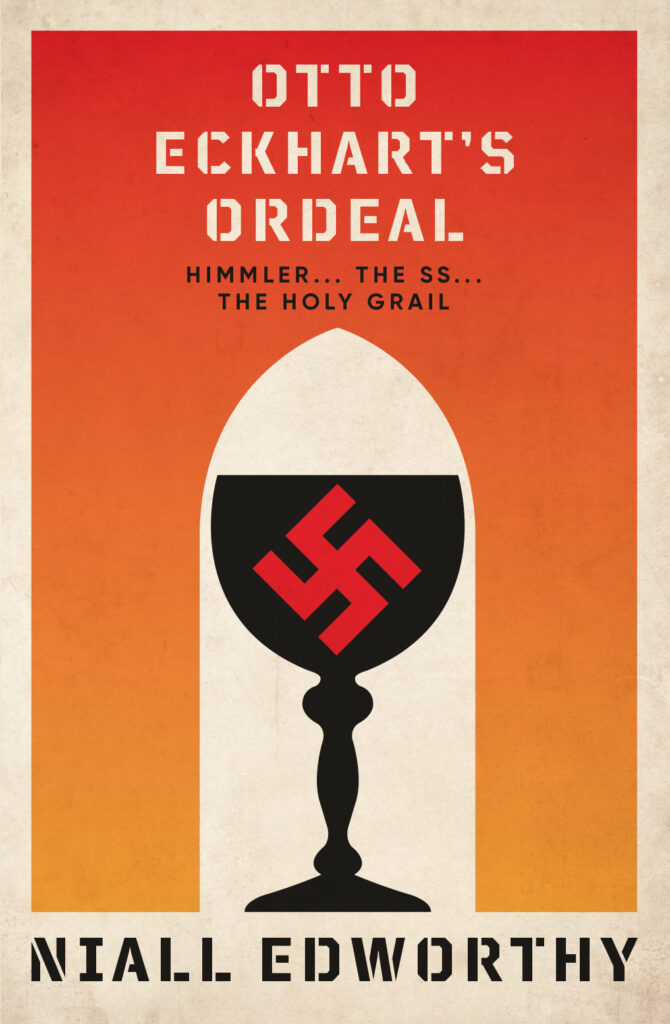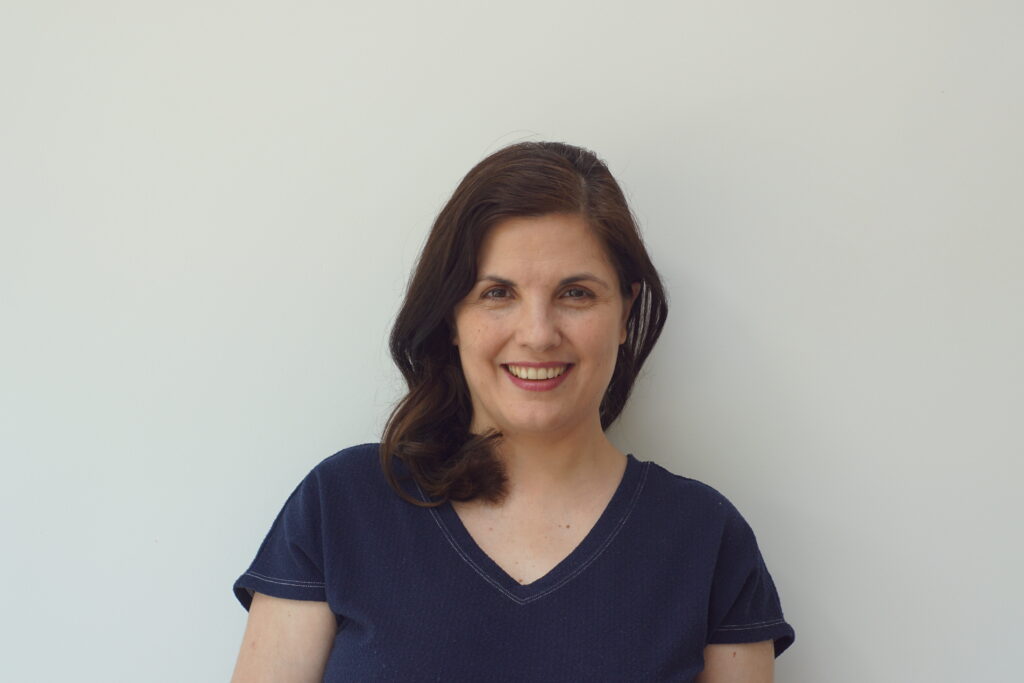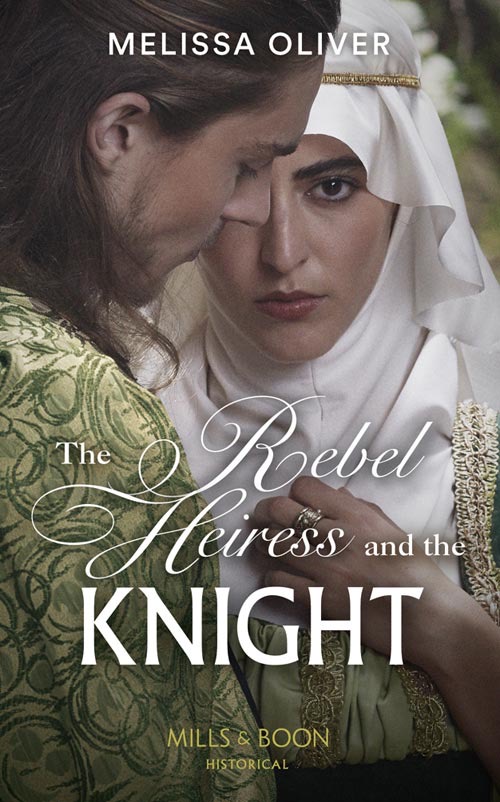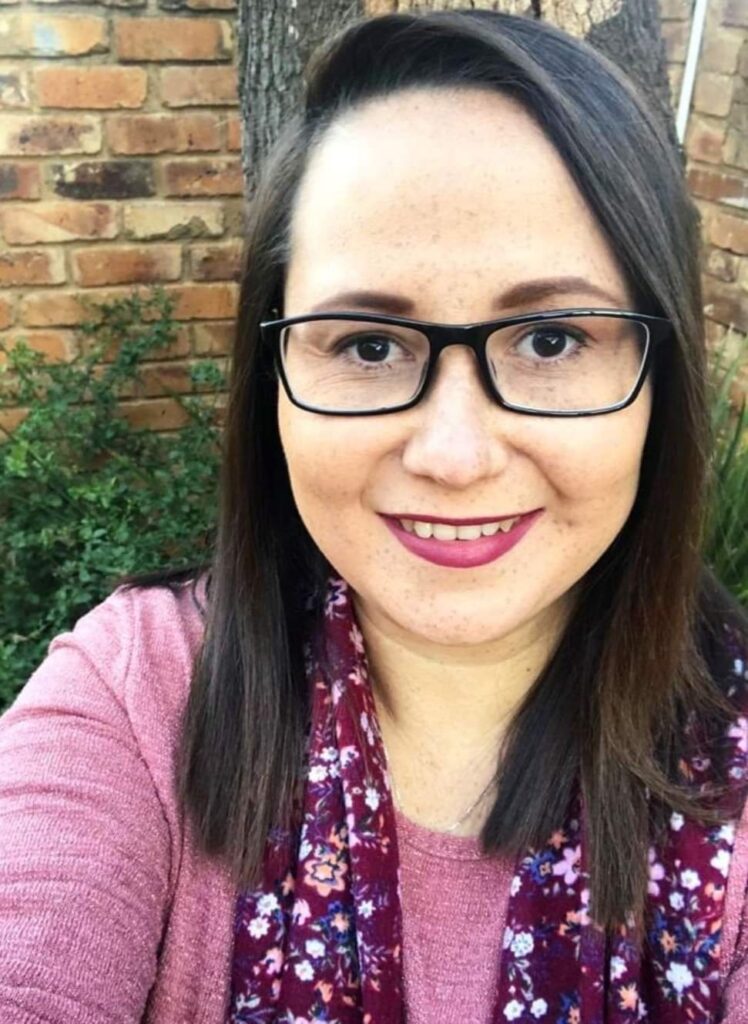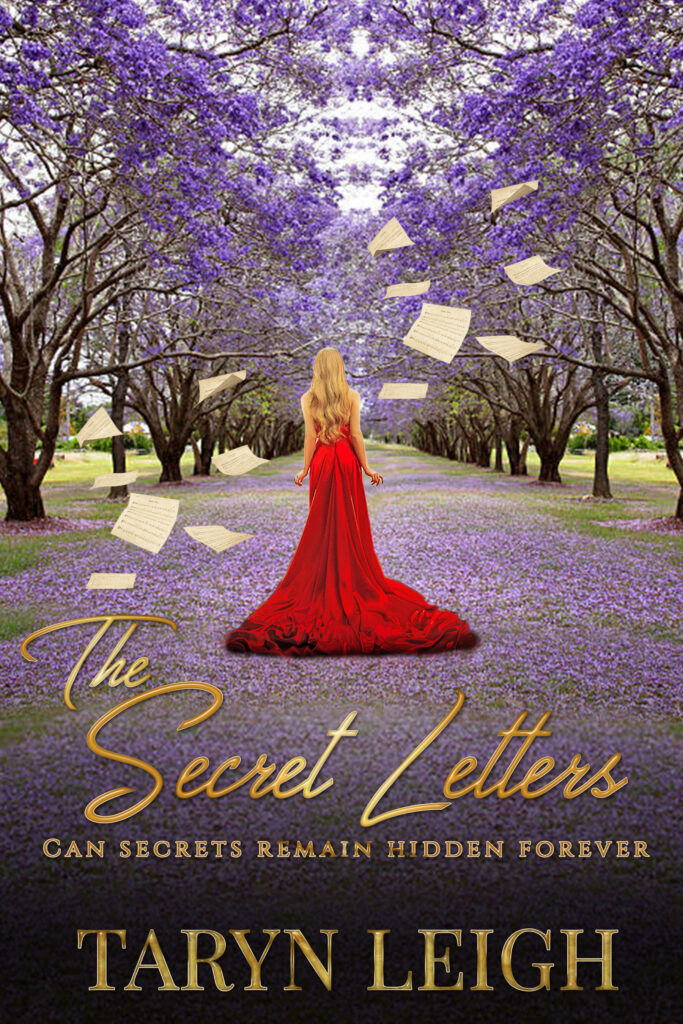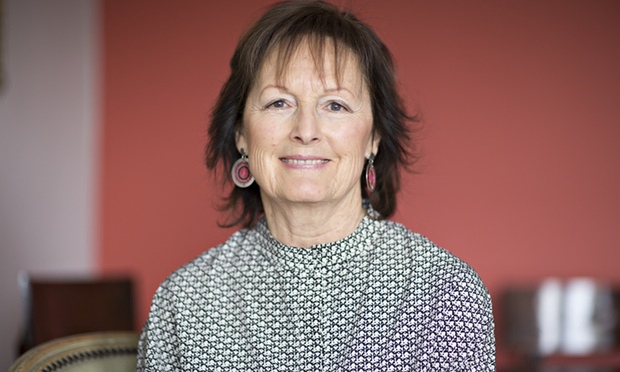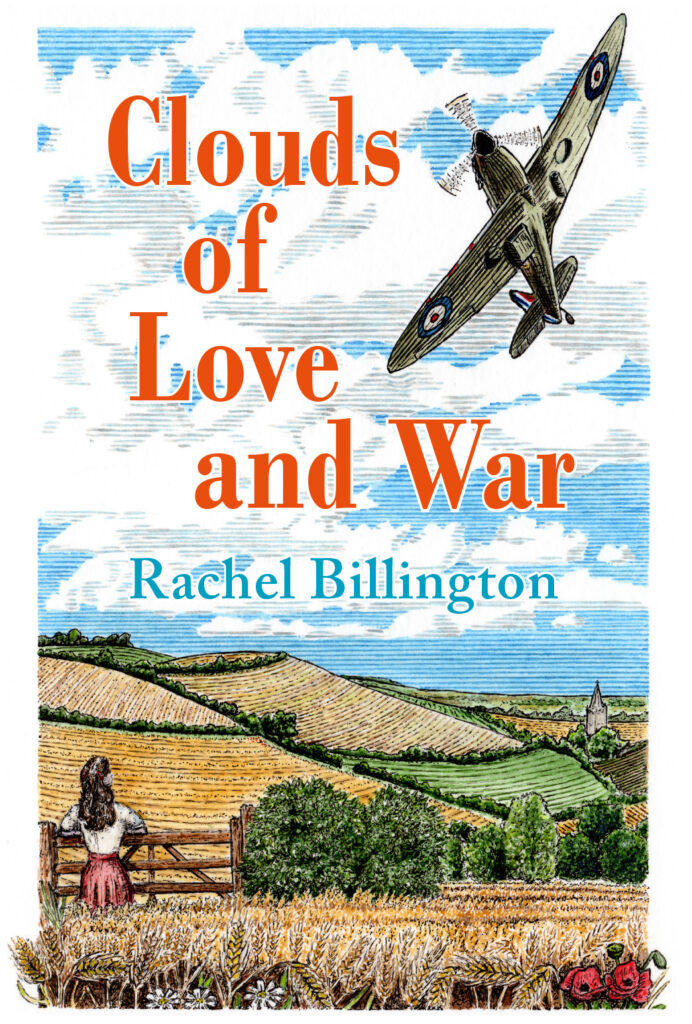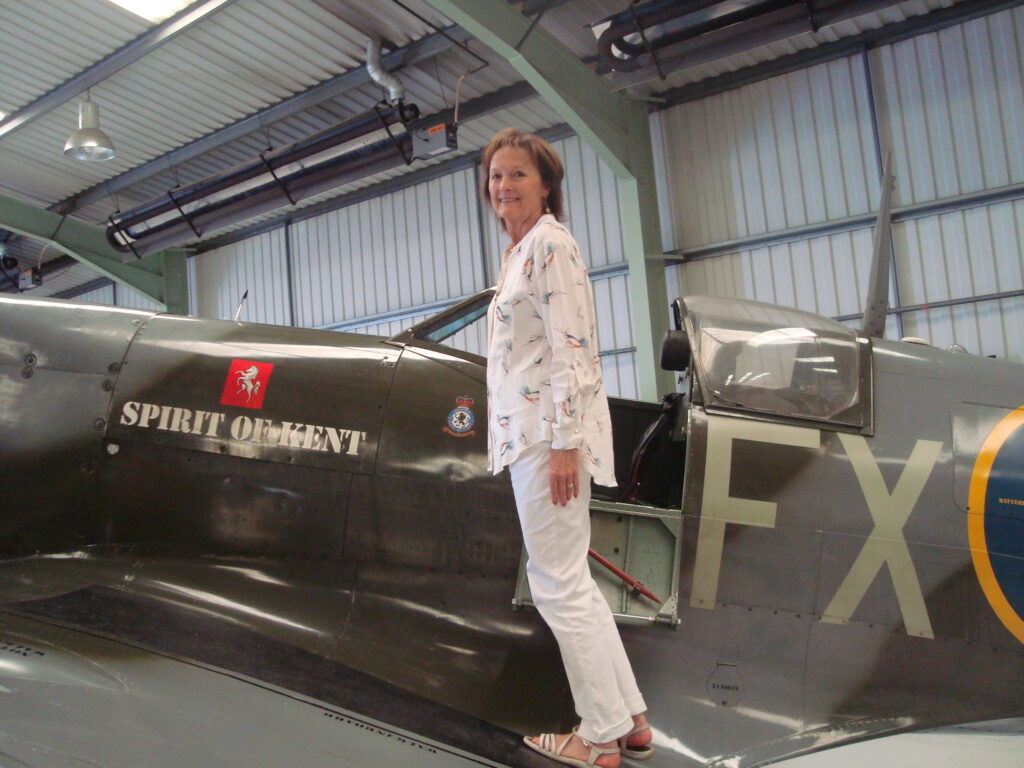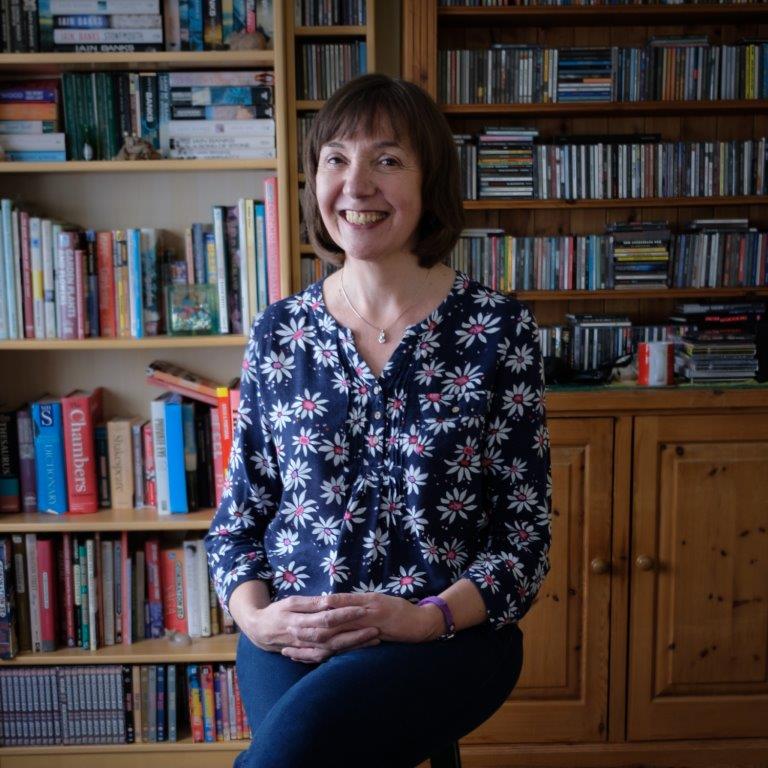 The Girl with the Scarlet Ribbon by Glenda Young is published 1st October (£7.99, Paperback, Headline)
The Girl with the Scarlet Ribbon by Glenda Young is published 1st October (£7.99, Paperback, Headline)
1. A bit about you.
My name’s Glenda Young and I’ve loved writing ever since I was a child. I live in the northeast and my novels are set in the coalmining village of Ryhope where I was born and bred. You don’t need to know the village to enjoy the books, which are gritty and dramatic and have a feisty, young heroine at their core. All of my books are stand alone books and you can read them in any order.
I’m a life-long fan of the soap opera Coronation Street run two Coronation Street fan sites – Corrie.net online since 1995 and the Coronation Street Blog which was launched in 2007.
2. What you have written, past and present.
I’ve written six novels to date published with Headline. The first four are now available and these are Belle of the Back Streets, The Tuppenny Child, Pearl of Pit Lane and The Girl with the Scarlet Ribbon. Still to come are The Paper Mill Girl and novel six which has the title to be confirmed. The novels are gritty sagas, inspired by my love of soap opera, really dramatic with lots of action and some great women characters!
I’ve also built an impressive reputation as an award-winning short story writer. Plus, I have an unusual claim to fame! I’m the creator of the first ever weekly soap opera Riverside to appear in The People’s Friend, the longest running women’s magazine in the world. My short fiction has appeared in magazines including Take a Break, My Weekly and The People’s Friend. In 2019 I was a finalist in the Clement & Le Frenais Comedy Award.
As a life-long fan of the soap opera Coronation Street I’ve written TV Tie-In books about the show including Coronation Street: The official colouring book, Deirdre: A Life on Coronation Street, A Perfect Duet. The Diary of Roy and Hayley Cropper in Coronation Street, and have written major updates to Coronation Street: The Novel and Coronation Street: The Complete Saga.
3. What you are promoting now.
My fourth novel is The Girl with the Scarlet Ribbon. It’s a dramatic, gritty story set in a small village in 1919. It begins with a new born baby girl being left on the doorstep of a very grand house. The baby is left in a basket that has a scarlet ribbon tied around the handle. The housekeeper of the wealthy McNally family takes the baby into her care and names her Jess. Sworn to secrecy about the baby’s true identity, the housekeeper brings Jess up as her own, giving Jess no reason to question where she came from. But when the housekeeper passes away, grief-stricken Jess, now sixteen, is banished from the place she’s always called home. With the scarlet ribbon the only connection to her past, will Jess ever find out where she really belongs? And will she uncover the truth about the ruthless McNallys?
4. A bit about your process of writing.
I write in the mornings when I can concentrate better. I stop for coffee and have a break, do some thinking and then return to writing. I try to write 2,000 words per day. I find I’m much more able and creative in the mornings than in the afternoon. I live close to a lovely beach so I walk on the beach in the afternoons or go for a bike ride. This helps clear my head after writing all morning.
5. Do you plan or just write?
I always plan, even if it’s just a short story I’ll make a list of say, ten things I want to include from start to finish. I plot and plan loosely as I think all writers know that once you start writing your work takes on a life of its own and you should go with the flow to a certain extent. I liken my plotting and planning to building a frame on which to weave my words. It’s always flexible to change as I go but I always have a structure in place so I know what I’m doing and where I’m going, even if sometimes I go off on a side road for a little while.
6. What about word count?
For novels it’s usually around 100,000 words and for short stories for women’s magazines, it can be anything from 700 words up to 3,000 and beyond.
7. How do you do your structure?
For my novels I take sheets of A4 paper, one for each chapter and lay them out on the floor. Then I take my plot points and spread them out on post-it notes across the book, moving them around until I’m happy. Then I type up chapter plans, just a couple of paragraphs for each chapter so I know what I’m doing within each one. Then once I start writing, characters appear I never planned for, incidents happen I never envisaged and the book takes on a life of its own. It’s quite scary how it happens and I don’t truly understand it. Perhaps that’s the secret?
8. What do you find hard about writing?
Switching off. When I’m writing a novel it’s all encompassing, my entire concentration goes into my work for the duration I’m writing it. I’m living in that world and I love it, it’s all I can think about as I immerse myself into the story.
9. What do you love about writing?
Everything! From getting that initial spark of an idea to seeing my books on the shelves of the bookshops and getting amazing reviews online and in the press and on radio, etc. There’s nothing I don’t like.
10. Advice for other writers?
Never give up. Never.
@flaming_nora on Twitter.


